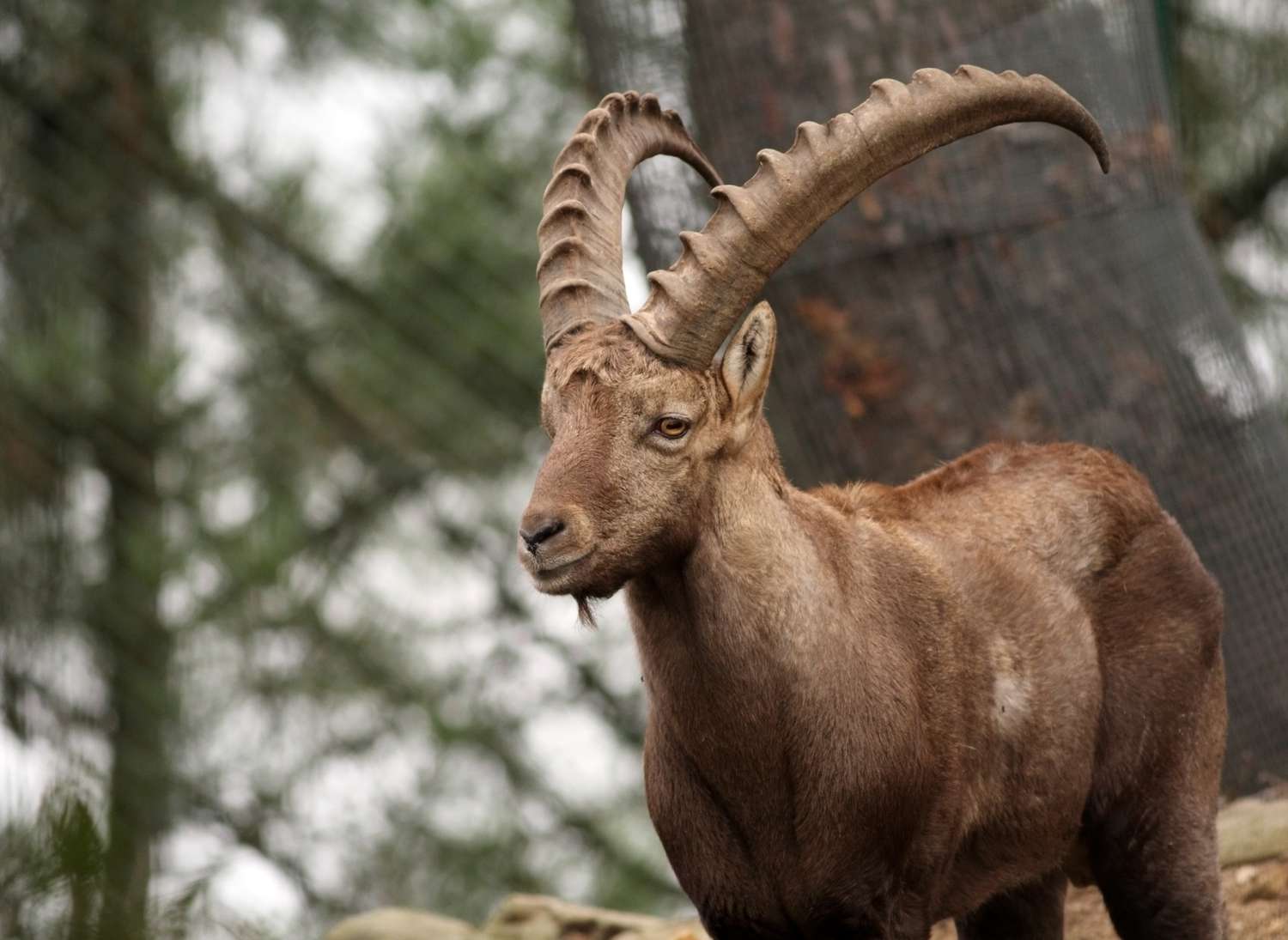mofotechblog.com – The story of the Pyrenean Ibex, a species of wild goat that once roamed the Pyrenees mountains of Europe, is a tale of extinction, resurrection, and loss. It is a narrative that encapsulates the complexities of conservation efforts, the ethical dilemmas of cloning, and the harsh realities of nature. This article delves into the brief resurrection of the Pyrenean Ibex and its final farewell, highlighting the lessons learned and the questions that remain.
The Extinction of the Pyrenean Ibex
The Pyrenean Ibex, or Capra pyrenaica pyrenaica, was a subspecies of the Spanish Ibex. It was known for its striking appearance, characterized by long, curved horns in males and shorter, thinner horns in females. The species inhabited the rugged terrains of the Pyrenees, where it had roamed for thousands of years. However, by the 20th century, the Pyrenean Ibex faced numerous threats, including habitat loss, hunting, and competition with domestic livestock. These challenges led to a drastic decline in their population.
The final blow came in January 2000 when the last known Pyrenean Ibex, a female named Celia, died in the Ordesa y Monte Perdido National Park in Spain. Her death marked the official extinction of the subspecies, leaving behind a void in the ecosystem and a sense of urgency among conservationists.
The Resurrection Attempt
In an unprecedented move, scientists decided to attempt the resurrection of the Pyrenean Ibex through cloning. The project, led by a team from the Centre for Research and Technology in Agro-environment (CITA) in Zaragoza, Spain, aimed to bring the species back from extinction. Using frozen tissue samples from Celia, the team managed to create an embryo, which was then implanted into a domestic goat.
On July 30, 2003, the world witnessed the birth of a female Pyrenean Ibex clone, named “Carmen.” This event was hailed as a groundbreaking achievement in conservation biology, offering a glimmer of hope for the restoration of extinct species. However, the joy was short-lived. Carmen died just seven minutes after birth due to physical defects in her lungs, a common issue in cloned animals.
The Final Farewell
Despite the initial setback, the team continued their efforts, producing three more cloned Pyrenean Ibexes in April 2009. Unfortunately, all three clones died within minutes of their births, succumbing to the same respiratory problems that had claimed Carmen. These failures, along with ethical concerns and the high costs associated with cloning, led to the termination of the cloning project.
The final farewell to the Pyrenean Ibex was not just a goodbye to the species but also a moment of reflection on the limits of human intervention in nature. The brief resurrection of the Pyrenean Ibex highlighted the complexities of de-extinction and the challenges of reintroducing cloned animals into the wild.
Lessons Learned
The story of the Pyrenean Ibex serves as a poignant reminder of the importance of conservation efforts. It underscores the need to protect species before they reach the brink of extinction, as the path to resurrection is fraught with difficulties. The case also raises ethical questions about the role of cloning in conservation and the potential impacts on existing ecosystems.
Conclusion
The Pyrenean Ibex’s brief resurrection and final farewell offer valuable lessons for the future of conservation. While the loss of the species is a tragedy, the efforts to bring it back have advanced our understanding of cloning and its implications. As we move forward, it is crucial to focus on preventing extinctions rather than attempting to reverse them. The legacy of the Pyrenean Ibex is a testament to the resilience of life and the enduring quest to preserve biodiversity on our planet.
